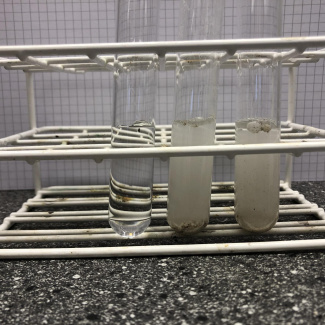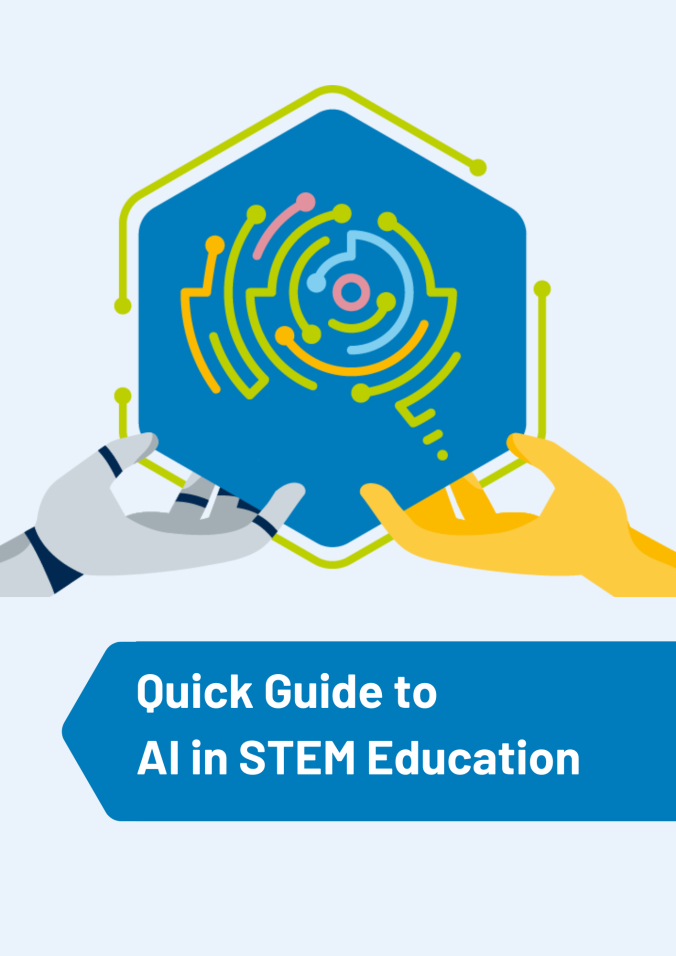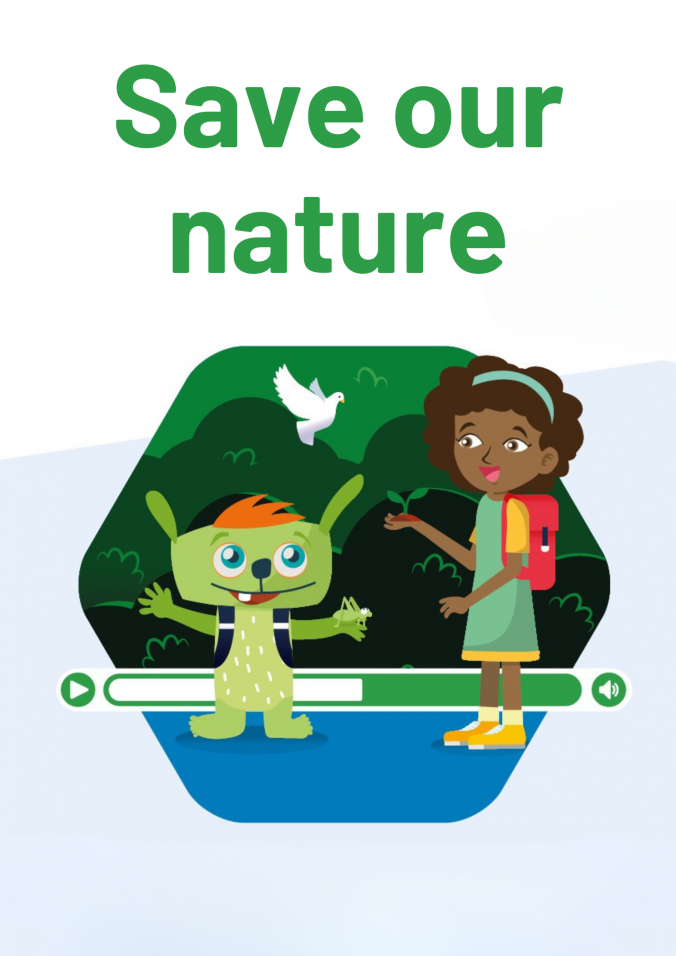The 3 Rs and the Products of the Future

Overview
Overview
Keywords: bio-based products, bioplastics, biomass
Disciplines: biology, chemistry, economics
Age level of the students: primary and secondary (all parts have a main lab activity for primary and one for secondary students)
Time frame: 45 - 90 minutes per activity
Partners: involvement of researchers to present a lesson for the students or visit to an industry that produces bio-based products.
![]()
![]()
![]()
Go directly to: Bioplastics, Keratin, Cement
You can also find an insight into the unit directly from the authors in this webinar (YouTube).
Summary
This project is inspired by the need to find more sustainable ways to create everyday products, be it from raw or from recycled materials. The unsustainable impact arising from the daily use of plastics, cosmetics, building materials etc. is highlighted with the aim of cultivating skills such as critical thinking and to engage students in active learning.
The abbreviation “3 Rs” stands for Reduce, Reuse and Recycle. It is important to highlight the unsustainable use of raw materials and fossil fuels in the production of ordinary materials and everyday goods such as cosmetics, plastics and cement.
Ask the authors
Introductory materials
Questionnaire for the prior assessment of students' understanding
You can do this survey as a paper form or digitally on your platform and adapt the questions to fit your students and your lessons.
Please view and download the survey as pdf here and as word file here.
Interactive video about the bioeconomy
An example of community involvement (students cleaning up plastic from a beach)
Bioplastics – Produce and recycle
Can we live without plastics? Can the 3 Rs approach combat the escalating plastic waste problem? Are biopolymers the solution for a sustainable future?
Through the bioplastics activities, students will learn about polymers, how polymers have become important in our everyday lives and the environmental consequences of their use. They will investigate whether biopolymers can replace synthetic polymers. The project is inspired by the need to use raw materials to create everyday products from recycled materials. It highlights the unsustainable impact of our daily practices, the impact of producing plastic from crude oil and what proportion of CO2 emissions comes from our global consumption of plastics.
The activities emphasise the biological effects of non-degradable plastics in our environment and the negative effects of microplastics. Through the activities, students learn about the necessity of not only changing to biodegradable plastics, but also to use biomass as a starting material to reduce the release of fossilised CO2.
Keratin – What can you do with wool?
Students look at wool as a raw material for bio-based products and implement different chemistry experiments.
Students are introduced to the chemistry of wool. You can dye it using natural colourants, extract keratin to make your own hair conditioner or use it to adsorb metal pollutants in water. Wool is a natural textile fibre that is obtained primarily from the fleece of sheep, some types of goats and rabbits.
A large amount of coarse wool is produced each year in Europe, the disposal of which is a major
The project is designed to re-use wool, which could be a source of pollution if not disposed of properly. The experiments in this part show that you can use wool to create other useful materials.
Cement production – Make cement from mussel shells
The global production of concrete is responsible for 6-8% of the world's total emissions of CO2. Students learn about cement production and investigate how to produce cement from biomaterials

Crushing shells to speed up the reaction

One tube filled with only water, two with added CaCO3

Authors of The 3 Rs and the Products of the Future: Anders Florén (SE), Iro Koliakou (GR), Maria Zambrotta (IT)
Links to forward to your students
Share this page




